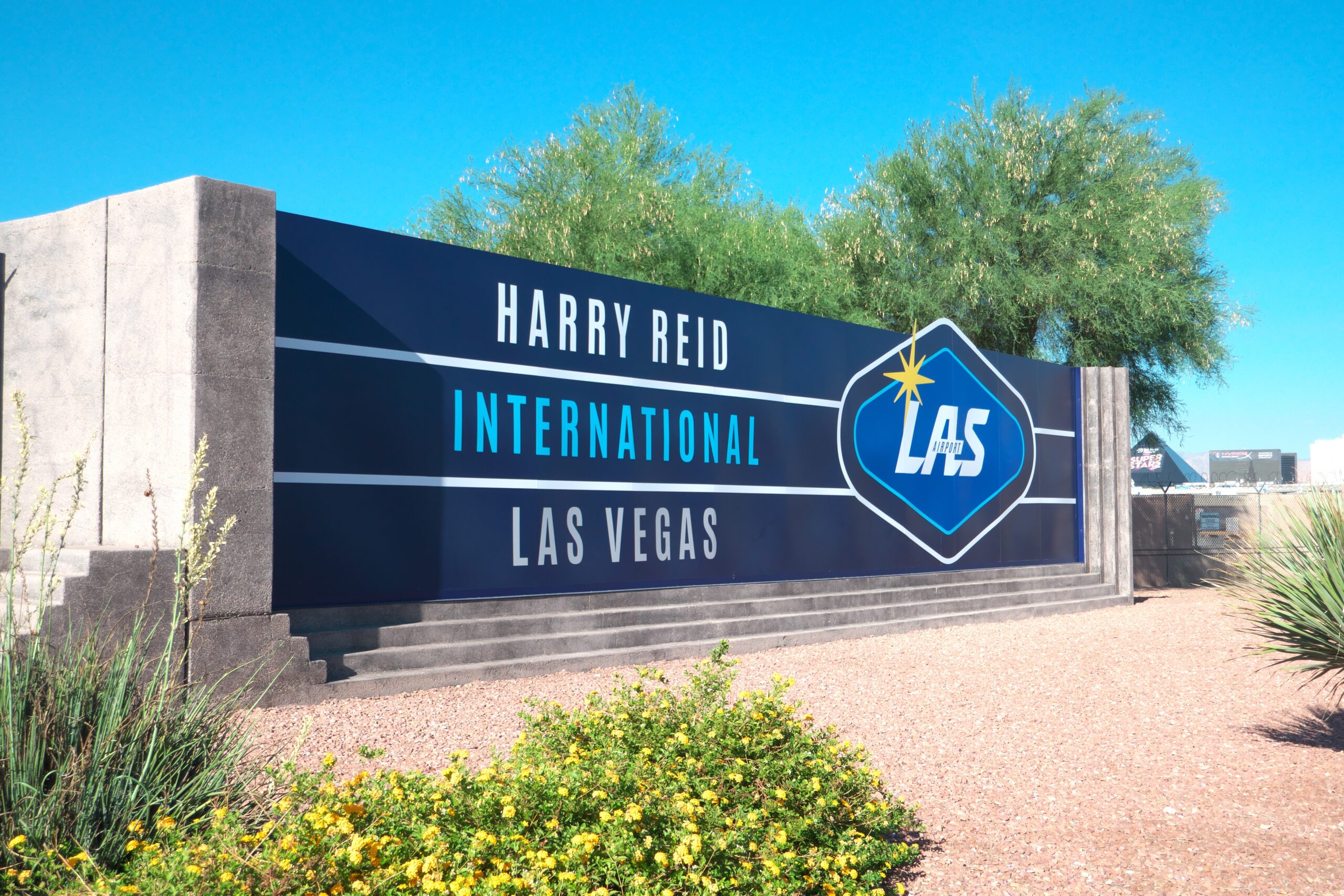Harry Reid International Airport’s new self-service system will be a litmus test in new airport security operations
Transportation Security Administration (TSA) and Department of Homeland Security (DHS) has begun a self-service screening system at Harry Reid International Airport (LAS) in Las Vegas.
In its current prototype iteration, only TSA PreCheck passengers at TSA’s Innovation Checkpoint will have the ability to use the system, which began earlier this month. TSA PreCheck passengers will be required to abide by the same standards and rules enforced in PreCheck lanes.
Tested initially at TSA Systems Integration Facility in Arlington, Virginia, this official test will likely determine where this self-service system goes from here. Certain questions regarding its purpose and goal become apparent.
Sheldon Jacobson, who has worked in aviation and airport security since the mid ‘90s and has had interactions with TSA, says what they’re hoping to do is add efficiency, although, in the short run, he doesn’t believe it’ll actually be all that much quicker than a normal run through the airport security checkpoint. This slowdown inherent in introducing a new system is partly why only PreCheck passengers will have initial access, Jacobson believes.
Read More: Las Vegas: A Place of Endless Reinvention
“In many ways, it may take you a little longer to go through security, the first several times you go through it, because there’s a learning curve that has to be adapted,” he says. “The transportation security officers (TSOs) guide you through the process, they’re not relying on software systems to do that. Even though they’ve tested it, and they know it works, for travelers who have never used it, it’s a new world for them. But creature travelers are more experienced, they’re more skilled, they’ll be able to adapt pretty quickly.”
The second possibility to consider? Security breaches. But this is also what makes offering the service only to PreCheck passengers a wise decision. “It’s always possible that a little bit of extra risk gets into the air system if the self-service doesn’t operate as expected,” Jacobson says. “Because PreCheck passengers are already such low risk you’re not really putting in the air system any bad situation that would compromise the security for all travelers.
“They’re doing it in a very intelligent, calculated way, which is important. What you see at Harry Reid right now is most likely not the finished product. There’s going to be a lot of change, because it’s a work in process. They’re learning what to do. They know how it works in the lab, under simulated environments, but they don’t know how it’s going to work in the field.”
Given the low risk of PreCheck passenges, Jacobson isn’t convinced this system will ever be moved to non-PreCheck passengers. “When you have unknown travelers…they have a higher baseline of risk. As a result, because of the seepage of risk, will it be warranted to give it to the non-PreCheck traveler?” Jacobson asks. He went on to say he’d argue this may even be an incentive for more people to join PreCheck.
As an example, Jacobson brings up grocery stores and their self-checkout systems. Although touted as a convenient and more quick way to check out, there’s also increased risk, as this makes the grocery store more vulnerable to theft. “They can’t afford to let that happen with people who are not known to them. I don’t think it’s a good idea, at least in its current form, to consider moving into the general population, that would be too risky,” he says.
What to Learn
Jacobson says there’s always going to be a bottleneck—a temporary slowdown in a line caused for one reason or another. “The question is, ‘How significant is the bottleneck in terms of throughput?’” he asks, adding that speed of resolution when that small percentage of passengers encounter a problem is a significant question to consider.
“They’re just starting the process, it’s just being launched,” Jacobson says. “We have to wait and see.”
TSA did not fulfill requests for comment.




